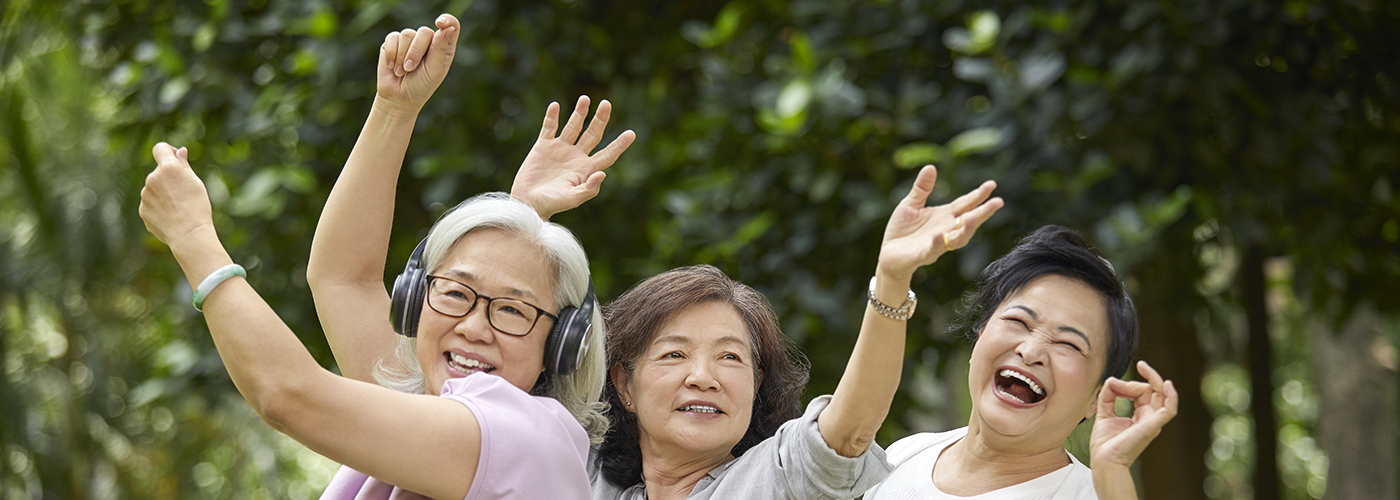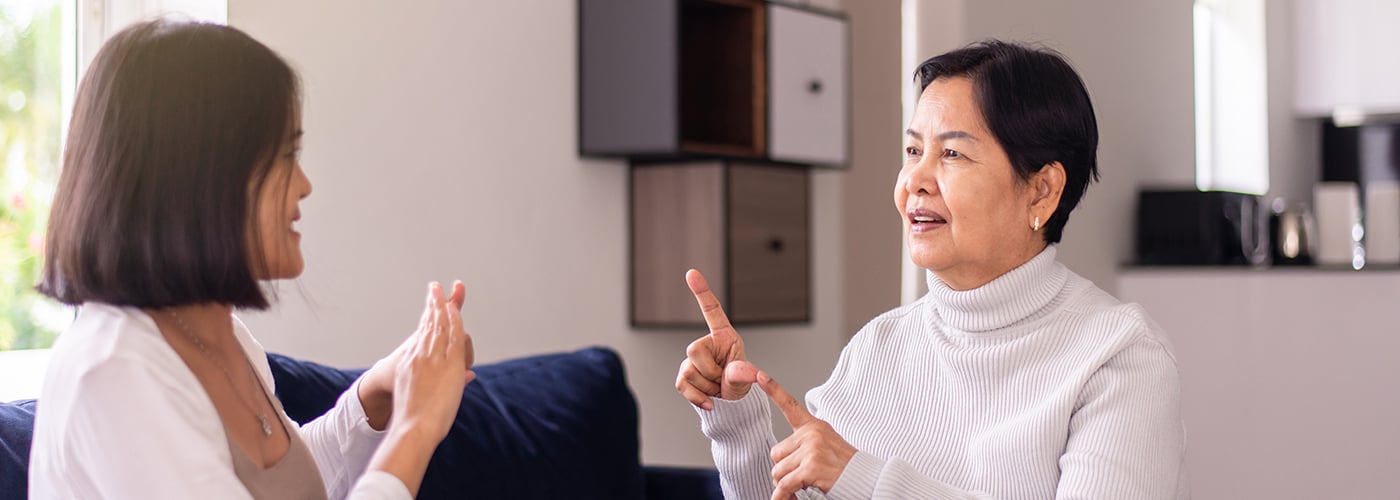

Having a stroke can cause life-long disabilities that will change your life. However, with quick medical intervention during the stroke and immediate rehabilitation, it is possible to minimise the effects and promote stroke recovery.
What is a stroke?
A stroke occurs when a certain part of the brain is deprived of oxygen and nutrients because of a rupture or blood clot. As a result, brain cells are damaged, which may manifest in how a person thinks, feels, communicates, and moves.
Brain exercises for stroke recovery

Because stroke is a condition that affects the brain, brain exercises are central to the patient’s recovery. Here are some cognitive exercises that will help facilitate the recovery process.
Board games are a great brain activity as they require concentration and memory skills. They also encourage other cognitive skills such as problem-solving, information retention and analytical thinking.
Besides helping with cognition, board games also provide stroke survivors with the opportunity to socialise and spend time with friends and family. This reduces boredom, stress, anxiety, and depression.
You can try board games such as Scrabble, Jenga, Checkers, Battleship, and Connect Four.
Puzzles enhance short-term memory and reinforce existing connections in the brain. To put together a puzzle, shape recognition, hand-eye coordination and problem-solving skills are needed.
For example, when searching for the correct puzzle piece, one needs to recognise the shape and colours, estimate the size, and fit it in the right spot. You can start by trying out puzzles with fewer and bigger pieces, then move on to more challenging ones.
Cooking can help stroke survivors put their brain to work by getting them to cook and learn a new recipe.
Cooking allows one to use all their senses (taste, smell, touch, sight). It can also enhance memory and motor function as they have to remember and carry out the recipe’s steps.
Try cooking a few times a week. In addition to this activity in helping to boost cognition, you also get to enjoy the food after cooking!
Drawing, colouring, and painting are fun, and they stimulate creativity, analytical skills and relieves stress. It also helps with analytical skills, hand-eye coordination, and restoration of strength in the parts of the body affected by stroke. Additionally, stroke patients can use art therapy to express their emotions.
While white noise such as background television sounds is not recommended, music and songs can help patients focus and concentrate. It stimulates the brain and generally helps stroke survivors have a better outlook.
In addition, stroke survivors who have language problems usually find singing along to songs less challenging than carrying on a conversation.
Listening to music can lead to dancing and if this is the case, be ready to have a good time. Dancing isn’t only enjoyable but healing. It motivates stroke survivors to move and helps strengthen their bodies. Additionally, motor coordination is needed when you move your body.
Quantitative reasoning and short-term memory are needed to count money. For this exercise, all you need are a handful of random coins. Then, total the value of the coins to stimulate and improve cognition.
Brain teasers such as crossword puzzles, word searches, and Sudoku are a great way to exercise the brain for stroke patients. They encourage the use of quantitative reasoning, problem-solving and analytical thinking.
Although they may be challenging, stroke survivors who practice cognitive exercises like these strengthen brain connections.
There are cognitive therapy apps designed especially for stroke survivors. These apps contain games, activities and exercises that can help with visual/spatial processing, quantitative reasoning, and analytical thinking.
All you need to access numerous therapeutic games and activities is a smartphone or tablet.
Post-stroke cognitive therapy apps include:
Meditation can aid concentration, mental flexibility as well as information processing, all of which stroke survivors may struggle with. Directing your brain to think only of one thing can also help one to think clearly.
Besides this, being aware of one’s thoughts provides the opportunity to redirect negative thoughts to more positive and empowering ones. This, then, decreases stress and anxiety.
Arts and crafts projects encourage creativity, manual dexterity, muscle coordination and hand-eye coordination. Stroke survivors can try scrapbooking, sewing, knitting and numerous other crafty activities.
Additionally, these activities also allow the expression of thoughts and emotions and thus, will help survivors to work through their feelings and improve their mood.
New activities allow stroke survivors to learn new skills. Learning sign language will help stimulate the brain to enhance memory skills in addition to exercising and strengthening the hands. It’s also a great way for survivors who have speed impediments to communicate.
Signs of recovery from stroke
The weeks and even months after a stroke can be incredibly challenging not just for the patient. Family members and caregivers also bear the burden.
Here are a few signs of recovery from a stroke that you can keep an eye out for to keep you on track:
What percentage of stroke patients make a full recovery?
About 10% of stroke survivors make a full recovery. However, 40% have moderate to severe impairments, while 10% require long-term care.
How long does stroke recovery take?
The time it takes to recover varies depending on which part of the brain was affected as well as how soon medical intervention was received.
Having said that, recovery progress is usually fastest within the first three months of the stroke. After that, progress may start to plateau. However, this does not mean that progress has stopped. It will continue, albeit at a slower pace. Thus, don’t give up and make sure to continue with rehabilitation and recommended therapies.
Can you live a normal life after a stroke?
Again, this depends on individual patients and the severity of the stroke. Some people recover fully and are able to live a normal life after a stroke. Others have long-term disabilities.
Make an appointment at Gleneagles Hospital
No matter which stage of stroke recovery you are in, continue to exercise your brain and affected parts of your body with the recommended therapies.
If you or a loved one needs help with stroke recovery, get in touch with us for an appointment with the Neurology specialists at your nearest Gleneagles Hospital.
References

Wait a minute